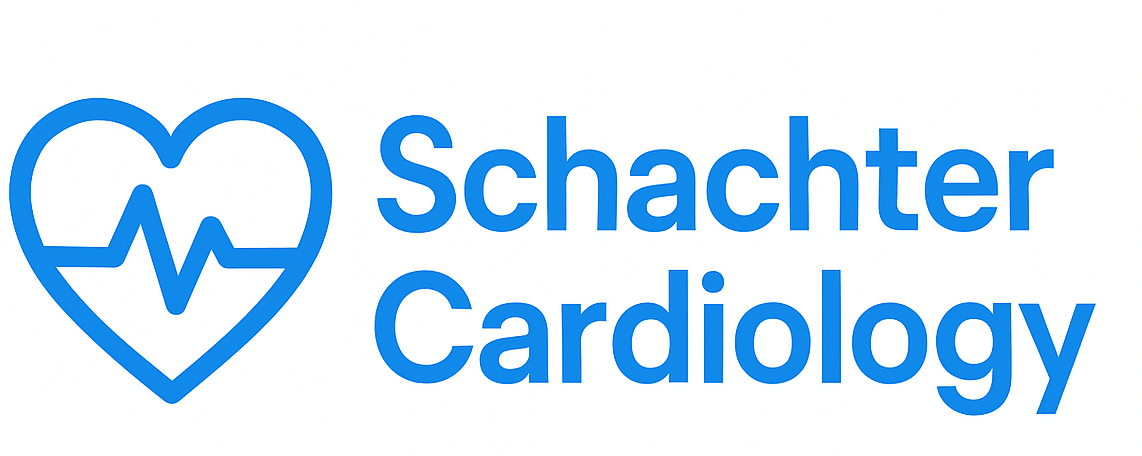
Exploring the Link Between Cardiovascular Health and Physical Activity
When it comes to maintaining a healthy heart, the importance of physical activity cannot be overstated. Numerous studies have shown that regular exercise plays a crucial role in preventing cardiovascular diseases and promoting overall heart health. This blog post will delve into the various ways physical activity benefits your cardiovascular system, the recommended types of exercises, and practical tips for incorporating movement into your daily routine.
The Benefits of Exercise for Heart Health
Engaging in regular physical activity offers a multitude of benefits for cardiovascular health. Here are some of the most significant advantages:
- Improved Heart Function: Exercise strengthens the heart muscle, enabling it to pump blood more efficiently throughout the body.
- Lower Blood Pressure: Regular physical activity helps to lower blood pressure by improving blood vessel elasticity and reducing arterial stiffness.
- Better Cholesterol Levels: Exercise can increase the levels of high-density lipoprotein (HDL) cholesterol, often referred to as the ‘good’ cholesterol, while decreasing low-density lipoprotein (LDL) cholesterol, the ‘bad’ cholesterol.
- Weight Management: Maintaining a healthy weight through regular exercise reduces the risk of developing conditions like hypertension and diabetes, both of which are significant risk factors for heart disease.
- Enhanced Blood Circulation: Exercise improves overall blood flow, reducing the likelihood of blood clots and ensuring that oxygen-rich blood reaches vital organs.
- Stress Reduction: Physical activity releases endorphins, which can alleviate stress and anxiety, both of which are detrimental to heart health.
Types of Exercise Beneficial to Cardiovascular Health
Not all exercises are created equal when it comes to heart health. Here are some types of physical activities that are particularly beneficial:
Aerobic Exercise
Aerobic exercises are activities that increase your heart rate and require the use of large muscle groups. These include:
- Walking
- Jogging or running
- Cycling
- Swimming
- Dancing
- Group fitness classes
Experts recommend engaging in at least 150 minutes of moderate-intensity aerobic exercise per week, or 75 minutes of vigorous-intensity exercise.
Strength Training
Incorporating strength training into your routine can also promote heart health. This includes:
- Weight lifting
- Bodyweight exercises (e.g., push-ups, squats)
- Resistance band exercises
Strength training should be performed at least twice a week, targeting all major muscle groups.
Flexibility and Balance Exercises
While flexibility and balance exercises may not directly impact heart health, they contribute to overall fitness and reduce the risk of injury. Examples include:
- Yoga
- Pilates
- Stretching routines
Practical Tips for Incorporating Exercise into Your Daily Life
Finding time for physical activity can be challenging, but with some creativity and planning, you can make exercise a regular part of your life:
- Set Realistic Goals: Start with small, achievable goals, such as walking for 10 minutes a day, and gradually increase the duration and intensity.
- Make it Enjoyable: Choose activities you enjoy to make exercise feel less like a chore. This could be dancing, hiking, or playing a sport.
- Be Social: Invite friends or family to join you for workouts. Exercising with others can keep you motivated and accountable.
- Incorporate Movement into Daily Tasks: Take the stairs instead of the elevator, park further away from your destination, or do household chores as a form of exercise.
- Schedule Workouts: Treat your exercise sessions like appointments by scheduling them into your calendar to prioritize them.
Understanding Exercise Intensity
It’s essential to understand the intensity of your workouts to maximize their benefits. Here are three levels of exercise intensity:
- Light Intensity: Activities that don’t significantly raise your heart rate, such as walking slowly or gentle stretching.
- Moderate Intensity: Activities that cause a slight increase in heart rate and breathing, like brisk walking or leisurely cycling.
- Vigorous Intensity: Activities that substantially increase your heart rate, such as running, high-intensity interval training (HIIT), or competitive sports.
To determine your exercise intensity, consider using the talk test: during moderate-intensity activities, you should be able to talk but not sing, while at vigorous intensity, you should only be able to say a few words without catching your breath.
Barriers to Exercise and How to Overcome Them
Many individuals face barriers to regular exercise, such as time constraints, lack of motivation, or physical limitations. Here are some strategies to overcome these challenges:
- Time Constraints: Break workouts into shorter sessions throughout the day. Even 10 minutes of activity can be beneficial.
- Lack of Motivation: Set personal rewards for achieving fitness milestones, such as new workout gear or a relaxing massage.
- Physical Limitations: Consult a healthcare professional or a certified trainer who can recommend suitable exercises tailored to your abilities.
When to Consult a Healthcare Professional
Before starting a new exercise program, especially if you have existing health conditions or concerns, it’s crucial to consult a healthcare professional. They can provide personalized recommendations based on your medical history, current health status, and fitness goals.
Conclusion
In summary, regular physical activity is a vital component of maintaining cardiovascular health. By understanding the benefits of exercise, choosing the right types of activities, and overcoming barriers to movement, you can significantly reduce your risk of heart disease and improve your overall well-being. Make exercise a priority today, and take the first step toward a healthier heart and a more active lifestyle.
Disclaimer: This blog post is for informational purposes only and should not be considered medical advice. Always consult a healthcare professional for medical concerns or before starting any new exercise program.
Disclaimer: This article is for educational purposes only and does not constitute medical advice. Always consult a qualified healthcare professional.




